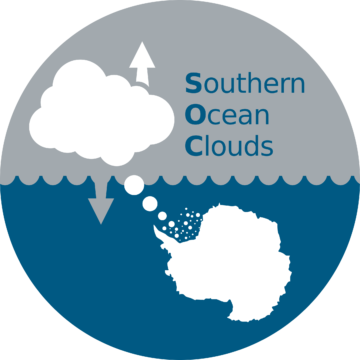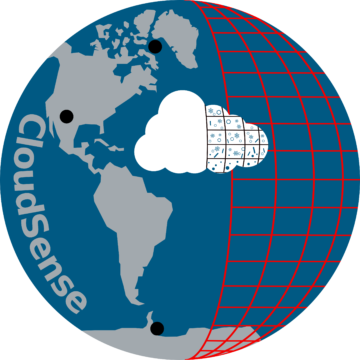2023-2024 field season begins for British Antarctic Survey
19 October, 2023
The Antarctic field season has started, with over 600 people beginning the journey South to work on over 60 projects on station and in the field. The season of work …
SOC is a project of the NERC CloudSense Programme
The biases observed in climate models over the Southern Ocean in surface radiation and sea surface temperature are larger than anywhere else in the world. They have a fundamental impact on the ability of these models to predict global climate. Evidence suggests that errors in the representation of the mixed phase clouds found over the high latitudes of the Southern Ocean are responsible for these biases. Southern Ocean Clouds (SOC) Is a major project that aims to investigate high latitude mixed phase clouds and their representation in climate models by:
i) Investigating the source and composition of the cloud forming nuclei responsible for these clouds
ii) Investigating the cloud microphysical processes –such as secondary ice production –that are important in these mixed phase clouds
iii) Using the new observations to identify and partition the various sources of aerosols found in this region
iv) In conjunction with our new field data, developing new microphysical parameterisations for use in climate models
v) Conducting a series of global-scale model experiments, using our new microphysical parameterisations, to assess the impact of Southern Ocean clouds on the global climate system and so reduce the climate sensitivity due to clouds.
Objectives
To address our overall aims, we have a number of specific objectives:
For more information and project updates visit: https://cloudsense.ac.uk/ or follow us on Twitter: @CloudSenseNERC


1. Investigating the source and composition of the cloud forming nuclei responsible for these clouds
2. Investigating the cloud microphysical processes –such as secondary ice production –that are important in these mixed phase clouds
3. Using the new observations to identify and partition the various sources of aerosols found in this region
4. In conjunction with our new field data, developing new microphysical parameterisations for use in climate models
5. Conducting a series of global-scale model experiments, using our new microphysical parameterisations, to assess the impact of Southern Ocean clouds on the global climate system and so reduce the climate sensitivity due to clouds.
External collaborators
Keith Bower – University of Manchester
Jo Browse – University of Exeter
Valerio Ferracci – Cranfield University
Neil Harris – Cranfield University
Dan Partridge – University of Exeter
Ian Renfrew – University of East Anglia
David Topping – University of Manchester
19 October, 2023
The Antarctic field season has started, with over 600 people beginning the journey South to work on over 60 projects on station and in the field. The season of work …
11 May, 2023
The 2022/23 Antarctic field season has ended, marking the conclusion of another successful year of scientific exploration in one of the world’s most remote and challenging environments. This field season, …
3 February, 2023
A team of scientists are currently conducting a major experiment over the Southern Ocean that will help to improve climate modelling. The Southern Ocean Clouds project team are performing several …